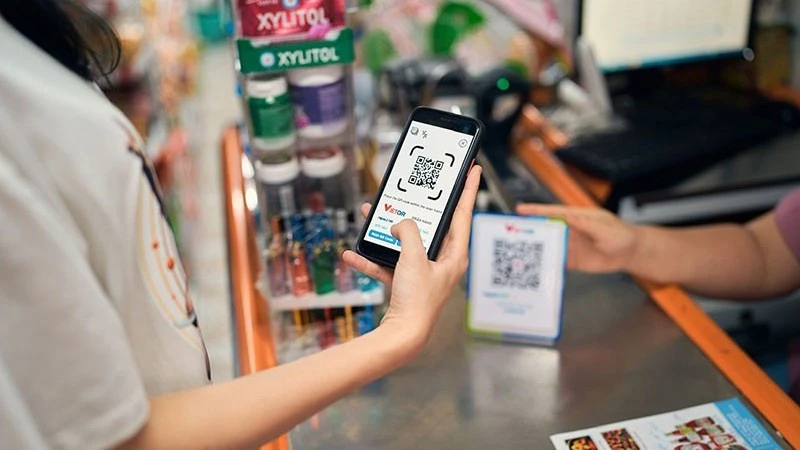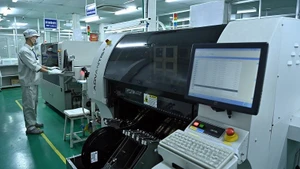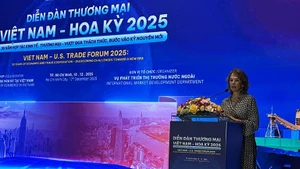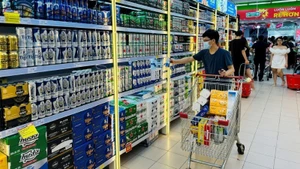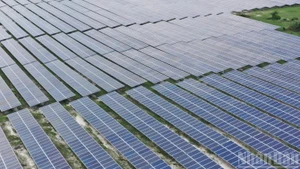According to the State Bank of Viet Nam, during the first nine months of 2025, cashless payment transactions across the entire system increased by 43.32% in volume and 24.23% in value compared to the same period in 2024, demonstrating that electronic payment is becoming increasingly popular and sustainable.
Notably, transactions via the internet increased by 51.2% in volume and 37.17% in value; those via mobile phones rose by 37.37% in volume and 21.79% in value; and especially, transactions via QR codes surged by 61.63% in volume and 150.67% in value, clearly reflecting the growing prevalence of convenient payment methods in daily life. Conversely, transactions via ATMs continued to decline by 16.77% in volume and 5.74% in value, showing that the habit of cash withdrawals is being replaced by more modern payment methods.
The national payment infrastructure system has continued to operate stably, safely, and efficiently. Transactions through the interbank electronic payment system increased by 46.87% in value, while the financial switching and electronic clearing system grew by 19.14% in volume. To date, 53 organisations have been licensed to provide intermediary payment services, 49 of which offer e-wallet services, contributing to the diversification of the payment service market.
The Mobile Money model continues to prove effective in promoting financial inclusion. By the end of September 2025, there were more than 10.89 million Mobile Money accounts nationwide, 70% of which belonging to people in rural, mountainous, and island areas. The total number of transactions exceeded 290.4 million, with a value of approximately 8,511 billion VND, helping millions of people in remote areas access modern financial services without the need for a bank account.
The State Bank of Viet Nam encourages credit institutions to accelerate digital transformation and connect with other industries and sectors to expand the digital service ecosystem with a customer-centric approach. Many banks have already applied artificial intelligence (AI), big data, and machine learning in analysing behaviours and assessing customers, thereby personalising products, optimising processes, and automating business operations.
To date, most basic banking services have been digitalised, with around 95% of transactions conducted via digital channels. The digital payment ecosystem has closely connected banks with essential public services such as electricity, water, telecommunications, healthcare, education, e-commerce, and tourism, as well as online public services on the National Public Service Portal. Citizens can now make payments, shop, book tickets, pay fees and charges, and receive social welfare payments directly via banking applications or familiar digital platforms.
